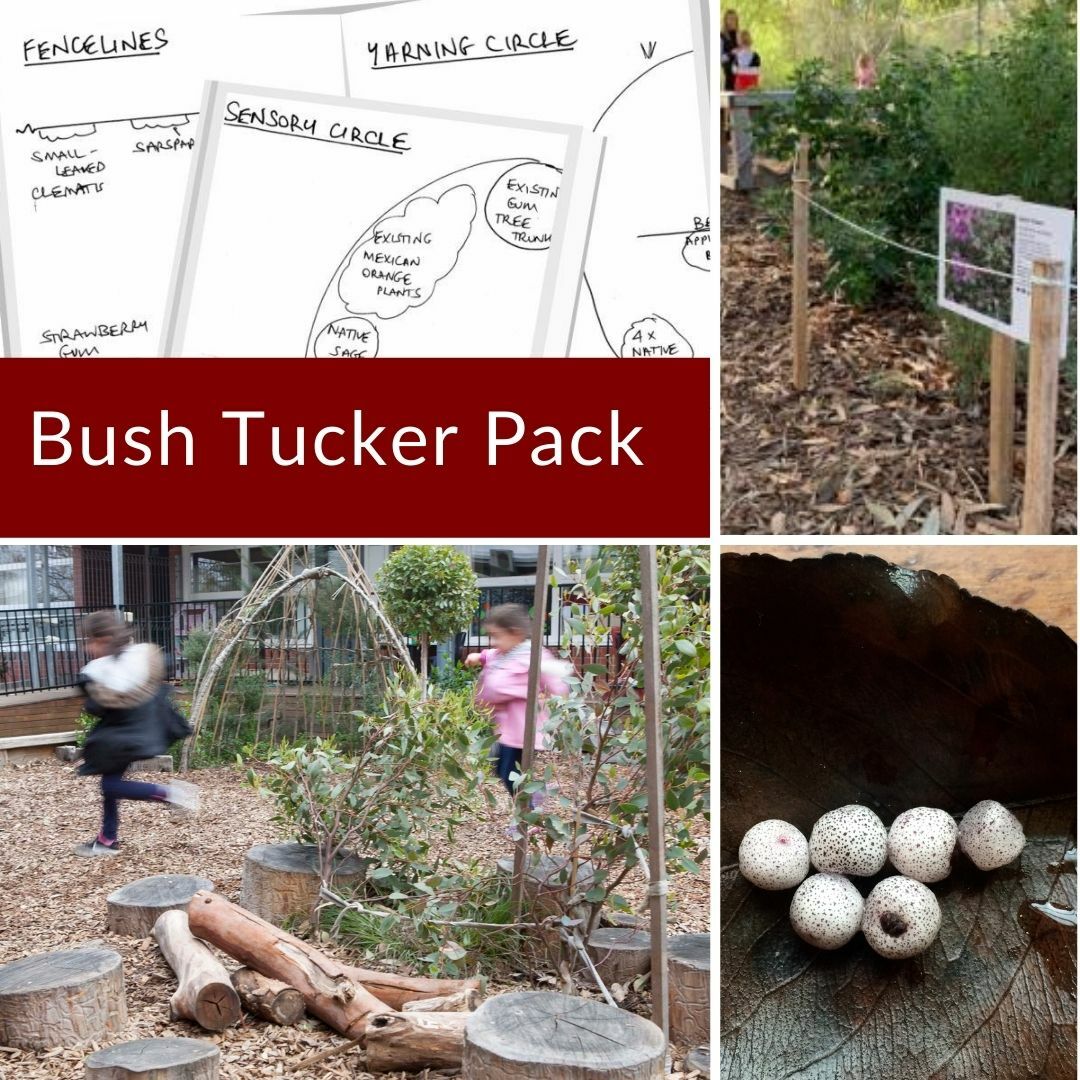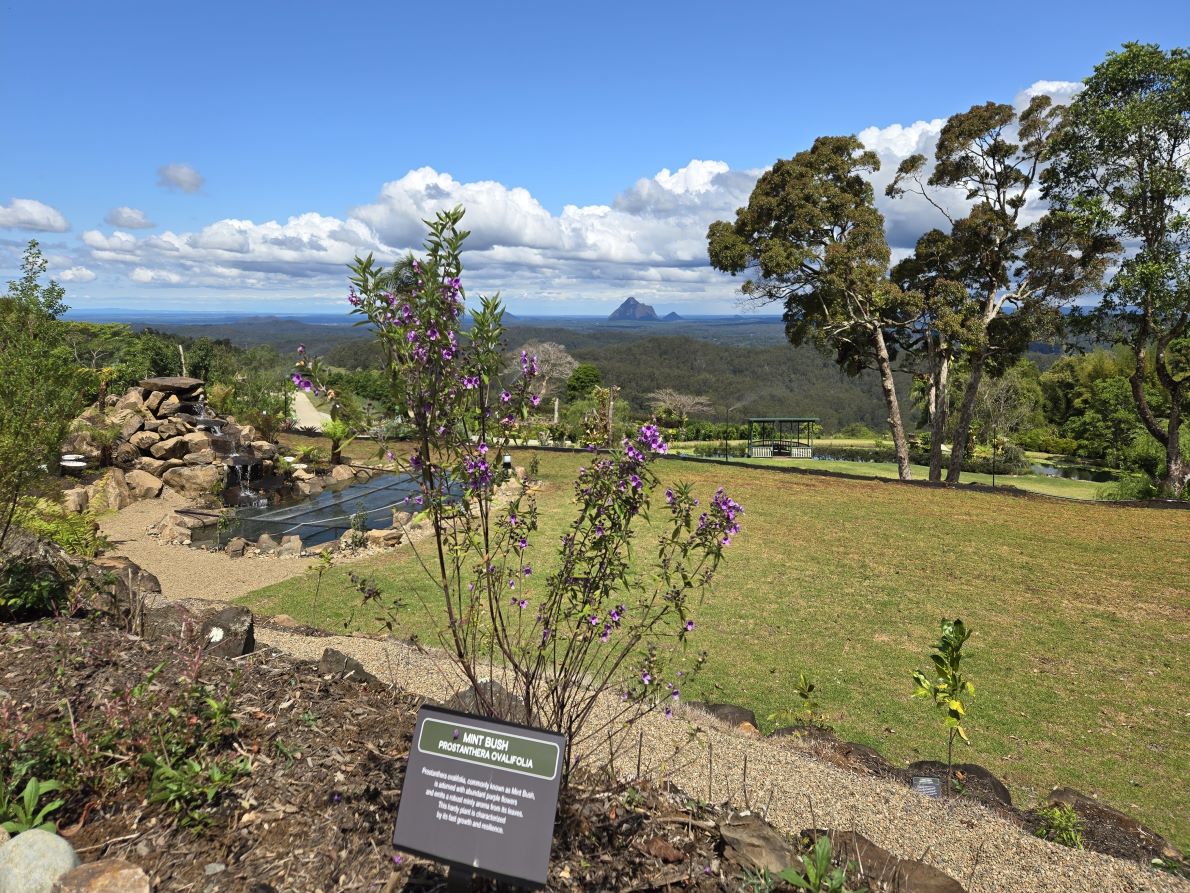
Cultivating Abundance: Designing Your Bush Tucker Garden
The allure of a garden that not only beautifies your space but also nourishes you with the bounty of Australia’s native flora is a compelling one. Bush Tucker gardens, inspired by the traditional food sources of Aboriginal Australians, offer a unique and rewarding way to connect with the land, promote biodiversity, and enjoy delicious, healthy ingredients right from your backyard. Designing and establishing such a garden is a journey of discovery, blending ecological principles with culinary creativity.
What is a Bush Tucker Garden?
At its core, a Bush Tucker garden is a landscape intentionally designed to grow edible native Australian plants. This encompasses a vast array of fruits, vegetables, herbs, nuts, seeds, and even medicinal plants that have sustained Indigenous Australians for millennia. Unlike conventional gardens that often rely on introduced species, Bush Tucker gardens champion local biodiversity, creating habitats for native wildlife and requiring less water and maintenance once established.

The term "Bush Tucker" itself is a colloquialism, but it accurately reflects the practice of sourcing food from the wild. A well-designed Bush Tucker garden aims to replicate this abundance in a controlled and sustainable manner.
The Benefits of Designing a Bush Tucker Garden:
The advantages of cultivating a Bush Tucker garden extend far beyond the plate:
- Culinary Exploration: Discover unique and vibrant flavours, from the tangy zing of finger limes to the earthy sweetness of quandongs and the aromatic notes of lemon myrtle.
- Nutritional Value: Native Australian foods are often packed with essential vitamins, minerals, antioxidants, and unique phytonutrients, offering a healthy and diverse dietary addition.
- Environmental Sustainability: Native plants are adapted to local conditions, requiring less water, fertilizer, and pesticides. They also provide vital food and shelter for native insects, birds, and other wildlife, contributing to a thriving ecosystem.
- Cultural Connection: Engaging with Bush Tucker plants offers a tangible way to learn about and respect the deep knowledge and connection Aboriginal Australians have with their Country.
- Resilience and Low Maintenance: Once established, these gardens are often more resilient to drought and pests than introduced species, leading to less demanding upkeep.
- Educational Opportunities: A Bush Tucker garden can be a living classroom for children and adults alike, fostering an understanding of native ecology and traditional food practices.

Key Principles for Designing Your Bush Tucker Garden:
Designing a successful Bush Tucker garden involves thoughtful planning and an understanding of your local environment. Here are the key principles to consider:
-
Site Assessment:
- Sunlight: Observe how sunlight falls on your garden throughout the day and across the seasons. Different plants have different light requirements (full sun, partial shade, deep shade).
- Soil Type: Understand your soil’s composition (sandy, clay, loam), pH, and drainage. Many native plants prefer well-drained soil and can be sensitive to rich, overly fertilized conditions. Consider soil testing.
- Water Availability: Assess your existing water sources and consider any limitations. Many native plants are drought-tolerant once established, but some may require supplemental watering during dry periods.
- Wind Exposure: Strong winds can damage delicate plants. Consider windbreaks if necessary, using taller native shrubs or trees.
- Existing Vegetation: Note any existing native plants in your area. This can provide clues about what will thrive in your specific location.
-
Plant Selection – The Heart of Your Garden:
- Local Provenance: Prioritize plants native to your specific region. This ensures they are best adapted to your climate, soil, and local fauna. Consult local native plant nurseries, botanical gardens, or Indigenous land management groups for recommendations.
- Edible Components: Research the edible parts of the plants you are considering. Are you interested in fruits, seeds, leaves, roots, or a combination?
- Growth Habits: Consider the mature size and growth habit of each plant. Will it be a groundcover, shrub, small tree, or vine? This will influence spacing and overall garden structure.
- Succession Planting: Aim for a continuous harvest throughout the year by selecting plants that fruit or are edible at different times.
- Companion Planting: Some native plants can benefit each other. Research potential symbiotic relationships.
- Consider "Weeds": Some plants considered "weeds" in conventional gardening might be valuable Bush Tucker species. For example, certain native species of Portulaca (purslane) are edible.
-
Zoning and Layout:
- Proximity to the House: Place plants you’ll harvest most frequently closer to your kitchen or a frequently used pathway for easy access.
- Watering Needs: Group plants with similar watering requirements together to make irrigation more efficient.
- Sunlight Zones: Designate areas for plants that prefer full sun, partial shade, and full shade.
- Structural Elements: Incorporate taller shrubs and trees to create vertical interest, provide shade, and act as windbreaks. Groundcovers can fill in spaces and suppress weeds.
- Pathways: Design clear and accessible pathways to navigate your garden without compacting the soil around plants. Use natural materials like mulch or gravel.
-
Soil Preparation and Enhancement:
- Minimal Intervention: Native plants generally prefer minimal soil disturbance. Avoid excessive digging or adding rich compost unless your soil is exceptionally poor.
- Mulching: Apply a generous layer of organic mulch (e.g., wood chips, leaf litter, straw) around plants. This helps retain moisture, suppress weeds, regulate soil temperature, and improve soil structure over time.
- Drainage: If your soil has poor drainage, consider creating raised beds or incorporating gravel into the planting holes for species that are sensitive to wet feet.
-
Water Management:
- Drought Tolerance: Once established, many native plants are highly drought-tolerant. Focus on deep watering during establishment.
- Rainwater Harvesting: Consider installing a rainwater tank to supplement irrigation.
- Watering Schedule: Water deeply and less frequently to encourage roots to grow deeper into the soil. Monitor your plants for signs of stress.
-
Attracting Wildlife:
- Habitat Creation: The presence of native plants will naturally attract native insects, birds, and other beneficial wildlife.
- Water Sources: A small bird bath or shallow water feature can further enhance biodiversity.
- Avoid Pesticides: Using chemical pesticides will harm the very wildlife you want to attract and can contaminate your edible produce.
-
Maintenance and Harvesting:
- Observation: Regularly observe your plants for signs of pests or diseases. Often, native plants have natural resilience.
- Pruning: Prune plants to maintain their shape, encourage new growth, and manage their size. This can also be an opportunity to harvest edible leaves or shoots.
- Harvesting: Learn the best times and methods for harvesting each type of produce. Over-harvesting can harm the plant, so always leave enough for the plant to thrive.
Popular Bush Tucker Plants to Consider (Examples):
The diversity of Australian flora means this list is just a starting point. Always research what is native and suitable for your specific region.
-
Fruits:
- Finger Lime ( Citrus australasica ): Small, elongated citrus fruit with caviar-like pulp.
- Quandong ( Santalum acuminatum ): Tart, cherry-like fruit, rich in Vitamin C.
- Davidson’s Plum ( Davidsonia pruriens ): Tart, dark purple fruit, excellent for jams and sauces.
- Lilly Pilly ( Syzygium spp.): Berry-like fruits with varying flavours, from sweet to tart.
- Kakadu Plum ( Terminalia ferdinandiana ): Renowned for its exceptionally high Vitamin C content.
- Native Raspberry ( Rubus spp.): Sweet and slightly tart berries.
-
Vegetables & Greens:
- Warrigal Greens ( Tetragonia tetragonioides ): A native spinach, needs to be blanched before eating.
- Native Yam ( Dioscorea bulbifera ): A tuberous plant with edible tubers (requires careful preparation).
- Saltbush ( Atriplex spp.): Salty, leafy greens that are drought-tolerant.
- Pigface ( Carpobrotus spp.): Succulent leaves and edible fruit.
-
Herbs & Spices:
- Lemon Myrtle ( Backhousia citriodora ): Highly aromatic leaves with a strong lemon scent, used for flavouring and teas.
- Aniseed Myrtle ( Myrtus pauciflora ): Aniseed-flavoured leaves.
- Native Rosemary ( Westringia spp.): Aromatic foliage, can be used sparingly as a flavouring.
-
Nuts & Seeds:
- Bunya Pine ( Araucaria bidwillii ): Produces large, edible nuts (harvesting can be challenging).
- Acacia ( Acacia spp.): Many species produce edible seeds or flour.
Creating Your Bush Tucker Recipe Collection:
Once you start harvesting, the culinary possibilities are endless. Here are some ideas to get you started, focusing on simple preparations that highlight the natural flavours:
Recipe Ideas:
-
Finger Lime & Seafood Ceviche:
- Ingredients: Fresh, sustainably sourced white fish (e.g., snapper, flathead), finely diced red onion, finely diced capsicum (bell pepper), chopped coriander (cilantro), lime juice, olive oil, salt, pepper, and plenty of finger lime "caviar."
- Method: Combine fish, onion, capsicum, and coriander in a bowl. Pour over lime juice and a little olive oil. Season with salt and pepper. Gently mix. Allow to marinate for about 15-20 minutes until the fish is "cooked" by the lime juice. Just before serving, gently stir in the finger lime caviar.
-
Davidson’s Plum Jam:
- Ingredients: Fresh or frozen Davidson’s Plums (stalks removed), sugar (adjust to taste), a little water, optional: a squeeze of lemon juice.
- Method: Place plums and a little water in a saucepan. Simmer until the plums soften and release their juices. Mash the plums. Add sugar and stir until dissolved. Bring to a rolling boil and cook until setting point is reached (test by dropping a little jam onto a cold plate – it should wrinkle). Skim off any foam. Pour into sterilized jars.
-
Lemon Myrtle Infused Chicken or Fish:
- Ingredients: Chicken pieces or fish fillets, fresh lemon myrtle leaves, olive oil, salt, pepper.
- Method: Gently bruise the lemon myrtle leaves to release their aroma. Place chicken or fish in a dish. Drizzle with olive oil, sprinkle with salt and pepper, and tuck the bruised lemon myrtle leaves around and under the protein. Marinate for at least 30 minutes (or longer for chicken). Grill, bake, or pan-fry until cooked through. Discard the leaves before serving.
-
Warrigal Greens with Garlic:
- Ingredients: Fresh Warrigal Greens, garlic cloves (minced), olive oil, salt.
- Method: Crucially, blanch the Warrigal Greens first. Bring a pot of water to a rolling boil. Add the greens and boil for 1-2 minutes. Drain immediately and plunge into ice-cold water to stop the cooking. Drain well. Heat olive oil in a pan over medium heat. Add minced garlic and sauté until fragrant (do not burn). Add the blanched Warrigal Greens and toss to coat in the garlicky oil. Season with salt and serve immediately.
-
Quandong and Wattleseed Scones:
- Ingredients: Standard scone recipe ingredients (flour, baking powder, butter, milk), a handful of dried quandongs (rehydrated and chopped), 1-2 tablespoons of roasted wattleseed (ground).
- Method: Add the chopped quandongs and ground wattleseed to your dry scone ingredients. Prepare your scone dough as usual. Bake and serve with jam and cream.
-
Saltbush & Feta Salad:
- Ingredients: Fresh Saltbush leaves, crumbled feta cheese, cherry tomatoes (halved), cucumber (diced), red onion (thinly sliced), lemon juice, olive oil.
- Method: Combine saltbush, feta, tomatoes, cucumber, and red onion in a bowl. Whisk together lemon juice and olive oil for a simple dressing. Drizzle over the salad and toss gently. The natural saltiness of the saltbush complements the feta beautifully.
Embarking on Your Bush Tucker Journey:
Designing and cultivating a Bush Tucker garden is an enriching and sustainable endeavour. It’s a chance to reconnect with the land, explore new flavours, and contribute to a healthier environment. By understanding your site, carefully selecting native plants, and embracing the principles of ecological design, you can create a vibrant, productive, and beautiful garden that offers a taste of Australia’s ancient bounty. Happy planting and happy eating!


